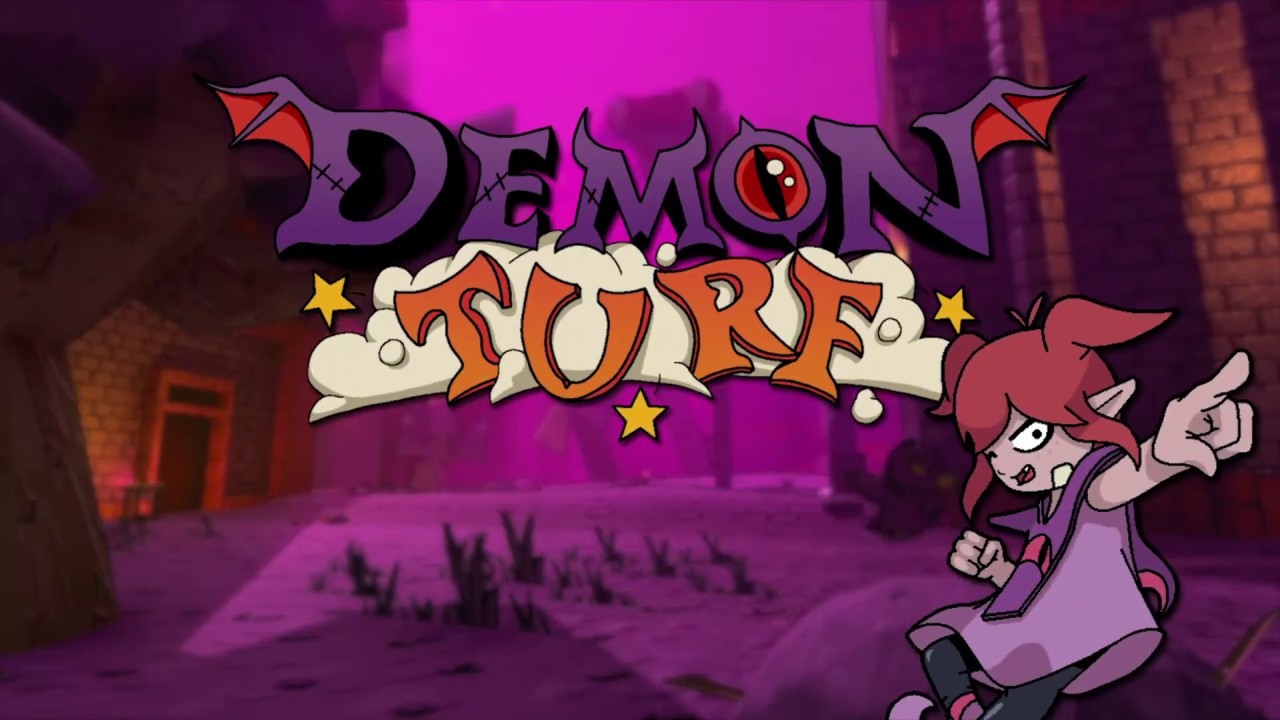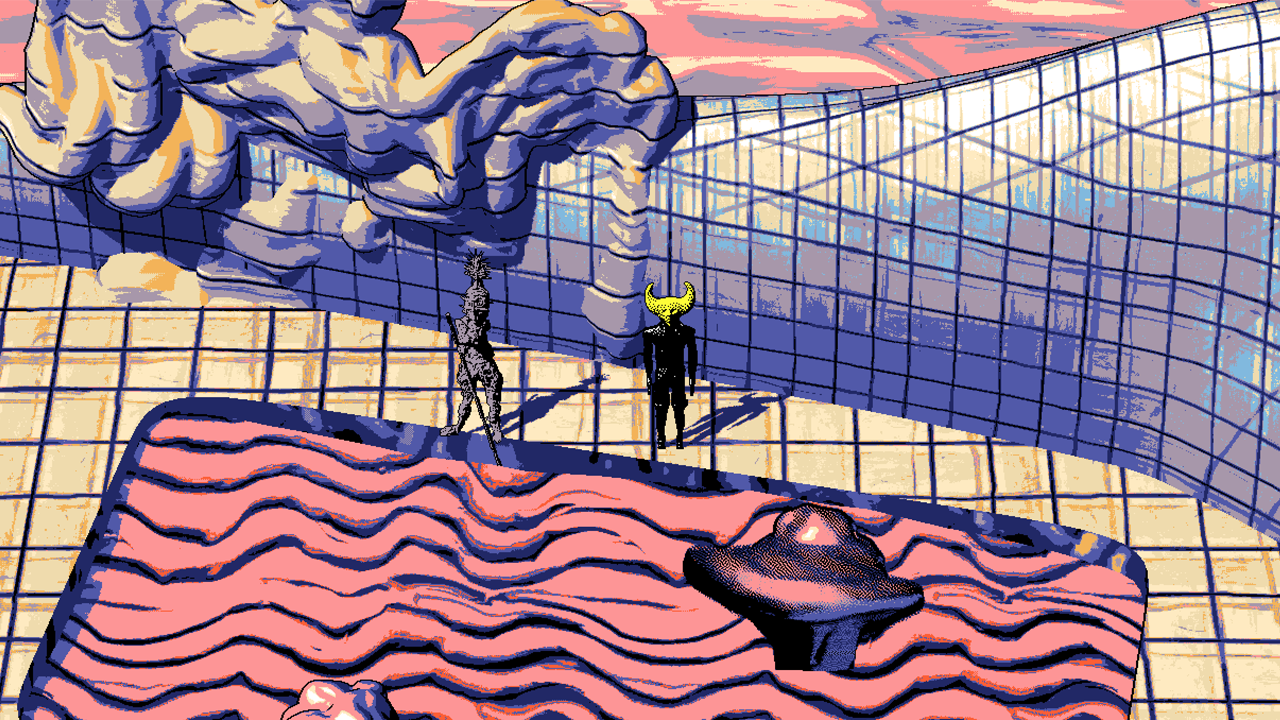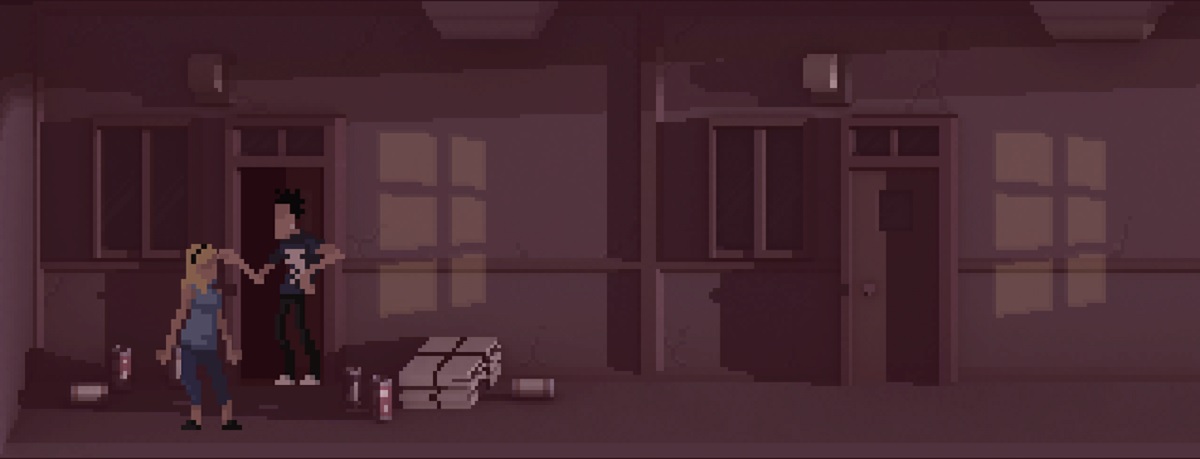Share
Buried Under Titans
Way of the Samurai is an odd little franchise of games. Part chanbara movie, part crime drama, part bargain bin guilty pleasure flick, the games are often mixed affairs that are charming, though rough around the edges. With four games in the series (and dwindling hope of there ever being a fifth), these games provided a much needed dose of comparably grounded samurai sword fighting action in an era where games were getting crazier and more bombastic.
Of those four however, there’s one that’s always stood out from the bunch. Where the later half of the series doubled down on the more weird and zany elements of the series, and the first game can feel a little bare bones in its concept, the second title strikes a chord that while not entirely in tune, manages to sing out as an experience that has a good deal of ambition and vision for a game released smack dab in the middle of the PS2’s ridiculously stacked life cycle.
It’s a shame that it has been buried under the annals of other understandably great and classic titles, because for what it is, Way of the Samurai 2 is absolutely a game worth revisiting.
The Choice is Yours, and Yours Alone
A lot of games present players with choices that can influence their stories. While this is fairly commonplace, and expected now in certain genres like RPGs, for a console game in 2003 (2004 in the west), Way of the Samurai has a lot of choice in how players go about their business. Some of the choices are fairly obvious, like the choice whether or not to help a child being accosted by three thugs, but others carry more subtlety that don’t immediately rear their head.
Alongside that, the game has a ridiculous amount of endings for a console game. Some of them are short affairs, with one being you just leaving the town and choosing not to get involved in whatever is going on in the village of Amahara, but others are involved quests and interactions that has you getting to know the village’s denizens and making tough decisions as to where your allegiances lie. Everyone has an agenda here, and for many of them, they’re goals are not often to the benefit of the common folk just trying to get by.
That choice, and that genuine sense of freedom is one of the things that makes Way of the Samurai 2 special. With a week to influence the village’s fate, players are largely left to their own devices to stumble around. First playthroughs are bound to be clumsy affairs, but the magic in the game is on repeat playthroughs as typical playthroughs are not overlong. Bit by bit players can learn character schedules and begin to set up encounters how they want, and discover more and more of the game’s endings.
While it isn’t always expert at nailing dramatic beats, the game is clearly trying to tell a story with some weight. The central thrust of the Aoto Gang’s conflict with the local magistrate, and the townsfolk caught in the center is compelling enough to give players looking to live out their best Yojimbo fantasies on screen.
Where the game absolutely stumbles are its quests. Goals are given with absolutely no real way to know how to solve them, and quests are on timers. That means a lot of time is going to be spent failing trying to get things done until you start parsing out what the esoteric directions mean, or look up a guide online.
Live by the Sword
No samurai game would be complete without swordplay, and Way of the Samurai has that in spades. Plenty of weapons with varying styles, stats, and means of use. Each of these styles has their ups and downs, but it’s up to the player to choose how they use weapons.
There is also caring and upgrading them. Weapons have durability, and foolish use of them during combat can, and will lead to their being broken. While it seems harsh in the early game, it’s there to teach players to fight methodically, and with a measured sense of style and grace.
The game can be punishing, and death carries a permanent consequence that fits right in line with modern roguelikes, but like with the story, it rewards people who pay attention. A generous parry system can take players from floundering to flourishing, able to control the pace and flow of a fight and take on multiple assailants as though they were Toshiro Mifune himself.
Fighting however is a little stiff. And AI has some really easily abusable parameters that can trivialize big moments that should otherwise serve as testaments to player skill. In one instance a powerful swordsman was easily baited into an easy to parry attack which meant he died way earlier than he should have, and now I had a sword that could slice through the fabric of time and space. This was still fun mind you, but the rate at which I carved through enemies was clearly something that the game probably didn’t want me doing with such ease and disregard.
Still, the combat is fun, and does well to sell the premise. It’s just nothing compared to games that came about that totally redefined action combat in games. It’s stable, serviceable, and while not lacking in depth, is absolutely lacking in flash.

Cycles to Gehenna
One of the things that is unexpectedly great in Way of the Samurai 2 is its music. The soundtrack mixes in a variety of influences from classical Japanese songs, to hip hop, even mixing in the occasional bit of early 2000’s alt-rock to create a soundscape that has a bite to it.
Certain districts of Amahara have songs with thumping beats to them that just evoke the danger and intrigue that is tucked away in every corner, and combat tracks pop with crunching guitars. Strong beats that mimic moments from shows like Samurai Champloo, and the occasional soaring moment of triumph that evokes its dramatic chanbara create this unique atmosphere that does well to make up for the game’s spartan dialog.
Of all the parts of the game this section is unabashedly great and certain tracks can worm their way into your ear and just stick there, either to get you to tap your toe or hum their central melody as you go about your day. Though they might seem out of place with the heaps of modern instrumentation, there’s a quality to them that is evocative in a way that sears them into your memory of the parts of the village and its outskirts you explore through the story.
Sometimes Great, Oft Forgotten
Way of the Samurai 2 is not a game likely to top any best of lists. It’s unpolished, rough around the edges, and is just okay more than it is great. But as a PS2 game that skirts the mold of what a lot of action games were doing at the time, it’s worth checking out.
Underneath its rough edges, there’s a game there that has a lot to offer, depths of customization that for the era were quite ambitious on a home console, and a uniqueness that never was quite as well realized in its later sequels.
It’s not a must play right this second kind of experience, but if you find yourself with some time and want to dive into something new, this is definitely something worth picking up that will keep you engaged once you get past the initial awkwardness of its entire package.




